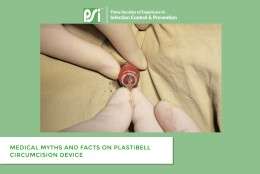One of the best Surgical Disposables company. I am dealing with them for the past 5 years,
their products are world-class. Their approach to trade is professional. All the best wishes to
them.
Effective Hospital Spill Management: Essential Kits and Containment Solutions for Medical Emergencies
- By: Plasti Surge Industries

Spill containment solutions are a critical component of hospital safety protocols, underscoring the importance of preparedness for various types of spills in these settings. Hospitals, with their unique environment, are prone to different kinds of spills, each presenting distinct challenges. Biological spills, such as blood or other bodily fluids, pose significant infection risks. Chemical spills, involving cleaning agents or laboratory reagents, require careful handling due to their potentially hazardous nature. Additionally, pharmaceutical spills, including medications, demand meticulous management to prevent misuse and environmental contamination. This diverse spectrum of spill scenarios highlights the necessity for comprehensive spill containment solutions, ensuring a safe and responsive hospital environment.
Types of Spills and Associated Risks
Hospital spill response is a crucial aspect of managing various types of spills, each requiring specific attention due to their unique risks and challenges.
1. Biological Spills:
- Blood and bodily fluids are common in hospital settings.
- The primary concern with biological spills is the risk of infection, particularly from bloodborne pathogens like HIV, Hepatitis B and C.
- Hospital spill response protocols for biological spills typically include immediate isolation of the area, use of personal protective equipment (PPE), and employing disinfectants that are effective against a broad spectrum of pathogens.
- Proper training in handling and disposing of these materials is vital to prevent cross-contamination and protect healthcare workers and patients.
2. Chemical Spills:
- Hospitals use a range of chemicals, from cleaning agents to laboratory reagents.
- Chemical spills can pose various hazards, including respiratory risks, chemical burns, and environmental damage.
- The hospital spill response for chemical spills involves identifying the chemical involved, using appropriate PPE, and employing neutralizing agents or absorbents.
- Ventilation, containment, and proper waste disposal are key to handling these spills, along with specific procedures for different types of chemicals as per their Material Safety Data Sheets (MSDS).
3. Pharmaceutical Spills:
- Spills of medications can occur in pharmacies, patient care areas, or during transport within the hospital.
- The risks here include potential misuse of spilled medications, especially controlled substances, and environmental harm if these medications enter water systems.
- Hospital spill response for pharmaceutical spills involves secure collection and disposal of the spilled medication, often requiring documentation and reporting, particularly for controlled substances.
- Environmental safety is also a consideration, with specific protocols to prevent pharmaceuticals from contaminating water sources or waste systems.
In all cases, hospital spill response must be swift, effective, and adhere to established safety guidelines to protect both healthcare workers and patients, while mitigating environmental impact. Regular training and drills are essential to ensure that staff are prepared to handle these spills safely and efficiently.
Essential Kits for Spill Management
Hospital Spill Management Kits are essential tools designed to address various spill scenarios in healthcare settings. Each kit is tailored to handle specific types of spills, ensuring safety and efficiency in containment and clean-up processes.
1. Universal Spill Kits:
- Universal Spill Kits are versatile and can be used for a variety of spills, including bodily fluids, chemicals, and pharmaceuticals.
- Components typically include absorbent pads or granules, protective gloves, disposable bags, and basic cleaning supplies.
- The usage involves containing the spill with absorbents, cleaning the area, and disposing of the waste safely.
- These kits are ideal for quick response to less hazardous spills, and their versatility makes them a staple in various areas of a hospital.
2. Biohazard Spill Kits:
- Biohazard Spill Kits are specialized for managing biological spills, particularly those involving blood and bodily fluids.
- Key components include PPE like gowns, masks, and face shields, high-grade disinfectants, biohazard waste bags, and tools for the safe collection and disposal of contaminated materials.
- These kits are used by first isolating the area, then using the PPE and disinfectants to clean the spill, followed by proper disposal of contaminated materials in designated biohazard containers.
- Their usage is critical in preventing the spread of infections and ensuring compliance with health regulations.
3. Chemical Spill Kits:
- Chemical Spill Kits contain materials and protective gear specifically for handling chemical spills, such as acids, solvents, and reagents.
- Components often include neutralizing agents, PPE like chemical-resistant gloves and goggles, and tools for safe handling and containment of hazardous chemicals.
- The usage protocol involves first identifying the chemical, using appropriate PPE and neutralizers, and then cleaning and disposing of the spill residue in accordance with safety guidelines.
- These kits are crucial in laboratories, cleaning storage areas, and other hospital zones where chemical spills are a risk.
In summary, Hospital Spill Management Kits are indispensable in ensuring a safe and prepared environment. Each type of kit is designed with specific spills in mind, providing the necessary tools and instructions for safe and effective spill management. Regular training on the use of these kits is essential for hospital staff, reinforcing safety protocols and ensuring a swift and competent response to spill incidents.
Containment Strategies
Medical spill kits are an integral part of hospital safety, designed to efficiently handle spill incidents. Understanding the immediate response protocols, effective use of absorbents and neutralizers, and safety measures are crucial in these situations.
1. Immediate Response Protocols:
- The initial step upon a spill involves securing the area to prevent further contamination or exposure. This might include cordoning off the area or redirecting traffic.
- Notification is crucial. Staff should immediately inform the relevant hospital department or safety officer to initiate a coordinated response.
- Depending on the type of spill, it may be necessary to evacuate the immediate area, especially in the case of hazardous chemical spills.
- Medical spill kits should be easily accessible in multiple locations within the hospital for prompt response.
2. Use of Absorbents and Neutralizers:
- Absorbents in medical spill kits are used to soak up liquid spills. These are particularly useful for water-based spills such as blood or other bodily fluids.
- For chemical spills, neutralizers can be crucial. These substances counteract the spilled chemical, rendering it less harmful or easier to clean. It’s important to use the correct neutralizer for the specific chemical involved.
- After applying absorbents or neutralizers, the material must be carefully collected and disposed of according to hospital protocols and regulatory guidelines.
3. Safety Measures:
- Personal Protective Equipment (PPE) is a key element of medical spill kits. This may include gloves, masks, goggles, and gowns. The type of PPE used depends on the nature of the spill.
- Training in safe handling practices is essential. This includes knowing how to properly wear and dispose of PPE, as well as understanding the risks associated with different types of spills.
- Regular drills and training sessions ensure that hospital staff are familiar with the contents of medical spill kits and can use them effectively and safely in an emergency.
In summary, the successful use of medical spill kits relies on a combination of immediate response protocols, correct application of absorbents and neutralizers, and stringent safety measures. These practices are vital for maintaining a safe environment in healthcare settings, ensuring both patient and staff safety, and complying with health and safety regulations.
Clean-up and Disposal Procedures
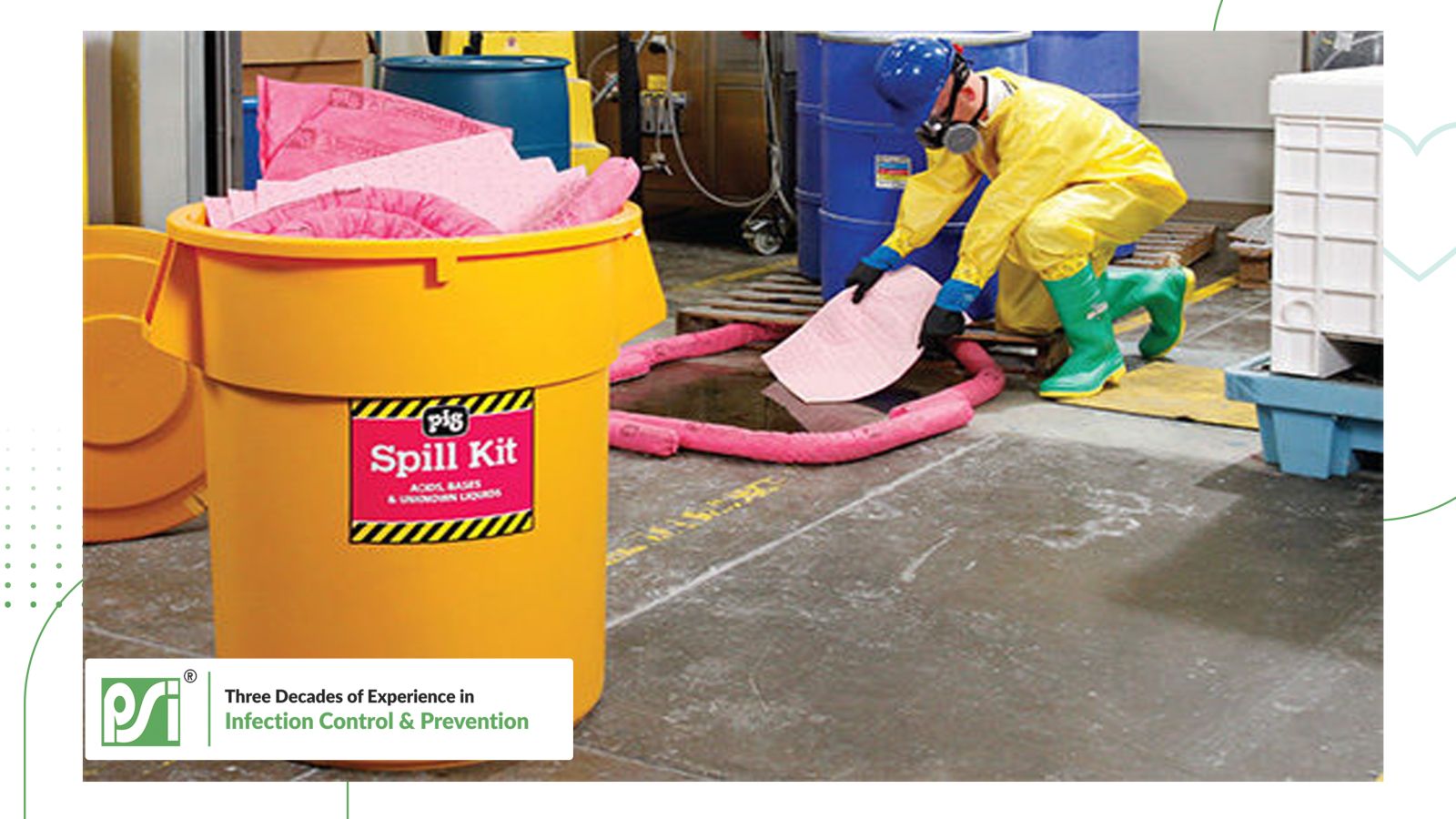 Medical spill kits play a pivotal role in hospital safety, offering a systematic approach to spill management. Here's a guide focusing on cleaning various types of spills, disposing of contaminated materials, and the significance of documentation and reporting.
Medical spill kits play a pivotal role in hospital safety, offering a systematic approach to spill management. Here's a guide focusing on cleaning various types of spills, disposing of contaminated materials, and the significance of documentation and reporting.
1. Step-by-Step Guide for Cleaning Spills:
- Initial Assessment: Quickly identify the type of spill – biological, chemical, or pharmaceutical.
- Safety First: Use appropriate Personal Protective Equipment (PPE) from the medical spill kit.
- Containment: Use absorbents or neutralizers from the kit to contain and manage the spill. For biological spills, disinfectants should be applied.
- Clean-Up: Carefully collect the absorbed materials or neutralized substances. For chemical spills, ensure neutralization is complete before proceeding.
- Final Disinfection: Clean the area thoroughly with appropriate cleaning agents to ensure no residue remains.
2. Proper Disposal Methods for Contaminated Materials:
- Contaminated materials must be disposed of in designated biohazard bags or chemical waste containers, as per the spill type.
- Seal and label the waste containers correctly, indicating the nature of the contents.
- Follow hospital protocols and legal regulations for disposing of hazardous waste, ensuring it is handed over to authorized waste management services.
3. Importance of Documentation and Reporting:
- Document the spill incident, including the type of spill, time, location, and response actions taken. This is essential for compliance with health and safety regulations.
- Reporting the spill to the relevant hospital authorities is mandatory for incident review and regulatory compliance.
- Documentation and reporting aid in identifying trends or recurring issues, which is crucial for improving spill management protocols and training.
The efficient use of medical spill kits, combined with proper clean-up, disposal, and reporting procedures, ensures a safe and compliant environment in healthcare settings. Regular training and drills on these protocols enhance the preparedness and response capabilities of hospital staff.
Training and Preparedness
Spill containment solutions in healthcare environments are greatly enhanced by continuous staff training and protocol updates. Here's an insight into why these elements are crucial:
1. Importance of Regular Staff Training on Spill Management:
- Regular training ensures that all healthcare personnel are aware of the correct procedures for using spill containment solutions effectively. This includes identifying different types of spills and understanding the specific response required for each.
- Training sessions help in familiarizing staff with the contents and use of medical spill kits, ensuring they can respond swiftly and confidently during an actual spill event.
- Continuous education on spill management reinforces safety practices, reduces the risk of contamination and infection, and minimizes the potential for accidents or injuries.
2. Conducting Drills and Simulations for Better Preparedness:
- Drills and simulations are vital in testing the effectiveness of spill containment solutions under realistic scenarios. They provide a hands-on opportunity for staff to apply their training in a controlled environment.
- Regularly conducting these exercises helps in identifying any gaps in knowledge or preparedness, allowing for immediate corrective actions.
- Simulations also help in assessing the adequacy of spill kits and other resources, ensuring they are readily accessible and sufficient for various spill scenarios.
3. Updating Protocols Based on New Regulations and Products:
- The field of spill containment solutions is continually evolving, with new products and methods being developed. Regularly updating protocols ensures that the latest and most effective spill management practices are in place.
- Compliance with current health and safety regulations is crucial. Regular reviews and updates of spill management protocols in line with new legislation help in maintaining legal compliance and ensuring the safety of patients and staff.
- Incorporating feedback from staff and learning from past spill incidents can lead to improvements in existing protocols, making them more efficient and user-friendly.
In summary, regular training, drills, and protocol updates form the backbone of effective spill containment solutions in healthcare settings. They ensure that staff are prepared and equipped to handle spill incidents safely and efficiently, thereby maintaining a secure and compliant healthcare environment.
Innovations in Spill Management
The hospital spill response landscape is continually evolving, with new technologies and products emerging to enhance efficiency and sustainability. Here's an overview highlighting these advancements and their environmental implications:
1. Introduction to New Technologies and Products in Spill Management:
- Recent advancements in hospital spill response include the development of more absorbent materials that can handle larger spills with less waste. These materials are not only more effective but also reduce the quantity of cleanup material required.
- Innovative neutralizers have been formulated for specific types of chemical spills, providing a more targeted and effective response. Some of these products change color to indicate when neutralization is complete, adding a layer of safety and efficiency.
- Technological tools, such as spill management apps and digital reporting systems, have been introduced. These tools aid in the quick communication of spill incidents, streamlined reporting processes, and efficient tracking of spill management resources.
2. Environmental Considerations and Sustainable Practices:
- The integration of environmentally friendly materials in spill kits is a growing trend in hospital spill response. Biodegradable absorbents and natural neutralizers are being used to minimize environmental impact.
- Hospitals are adopting spill management protocols that emphasize waste reduction and proper segregation for recycling or safe disposal, aligning with broader environmental sustainability goals.
- There is also a focus on using reusable or recyclable containers and tools in spill kits, reducing the reliance on single-use plastics and contributing to a more sustainable approach.
The adoption of these new technologies and environmentally conscious practices in hospital spill response not only enhances the efficiency of spill management but also aligns hospital operations with sustainability principles. As hospitals continue to innovate and adopt greener practices, they contribute significantly to environmental conservation while maintaining high standards of safety and care.
Conclusion
Effective spill management in hospitals is crucial for maintaining a safe and hygienic environment for both patients and staff. Hospital Spill Management Kits play a vital role in this process, ensuring that spills of all types – biological, chemical, or pharmaceutical – are swiftly and safely addressed. These kits provide the necessary tools and materials for prompt spill containment and clean-up, minimizing risks of infection, contamination, and environmental damage. The importance of such proactive measures cannot be overstated, as they directly impact patient care and staff safety, while also ensuring compliance with health and safety regulations.
To further enhance these efforts, it's essential for healthcare facilities to continuously seek improvement in their spill management practices. This involves regular training for staff, updating spill management protocols with the latest products and technologies, and adhering to stringent safety standards. For the latest in spill management solutions and to ensure your facility is equipped with the most effective and up-to-date resources, visit PSI Dispo. Take the proactive step today to ensure your hospital is prepared for any spill scenario. Stay safe, stay prepared, and always strive for excellence in hospital spill management.
One of the best companies to partner with. Very responsive and best product quality.
Good experience and corporation for many years. Timely services are provided.
We have been associated with PSI since more than 20 years now. They have superior products, prompt service & courteous people. Using PSI’s products in turn makes our customer happy and helps us to do more business. Overall truly delighted with their customer service.

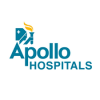


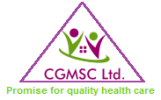
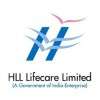
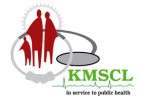


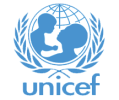
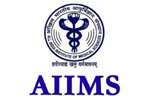
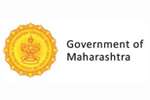
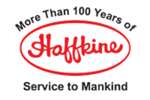
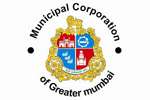
_iCEz.jpeg)
 +91-7798800781
+91-7798800781

